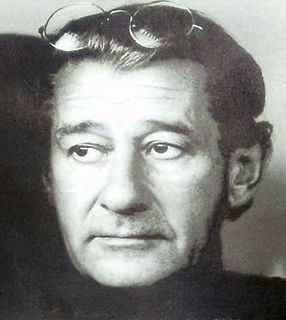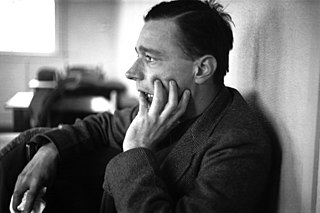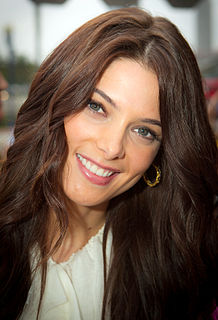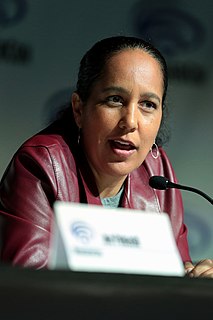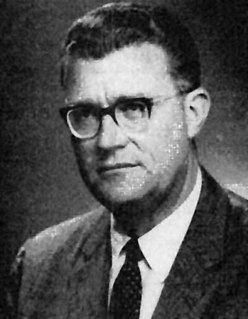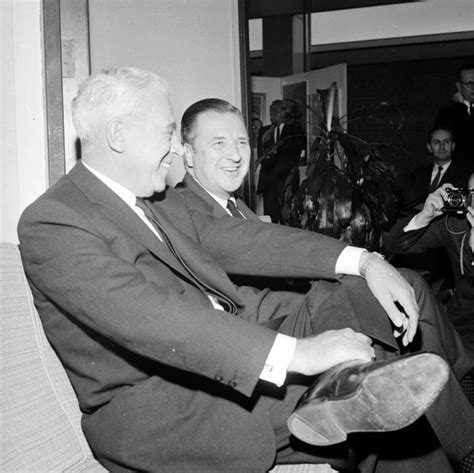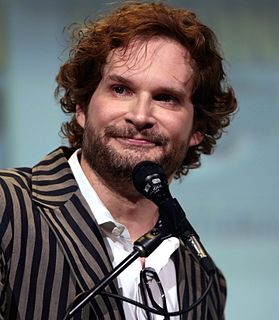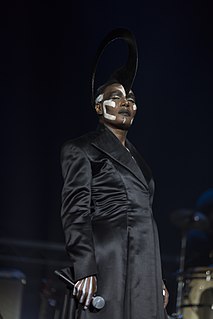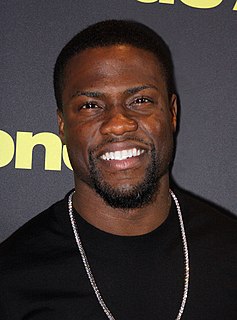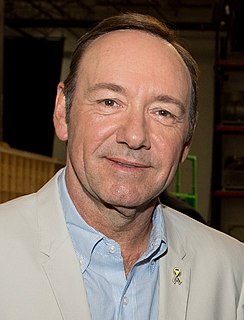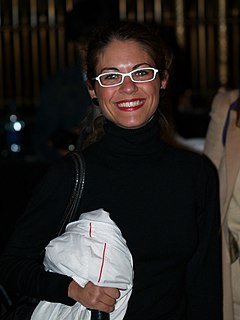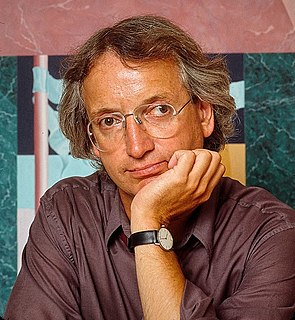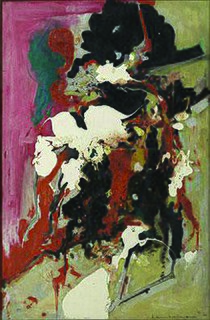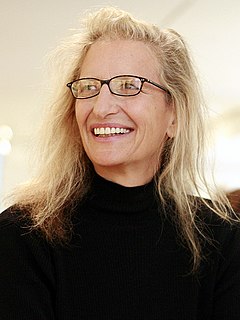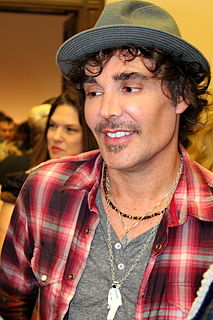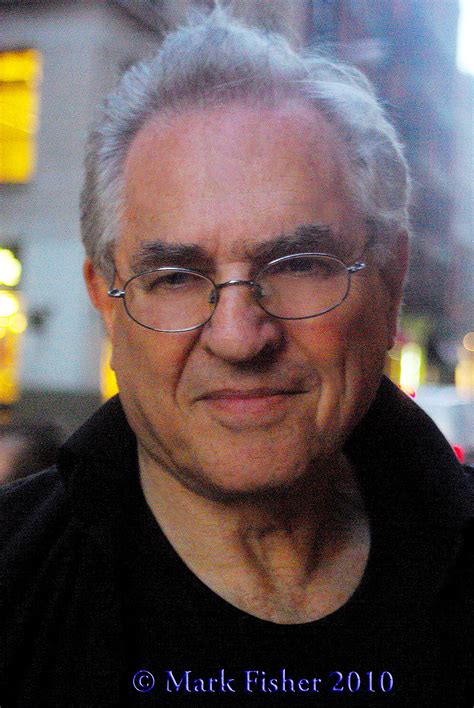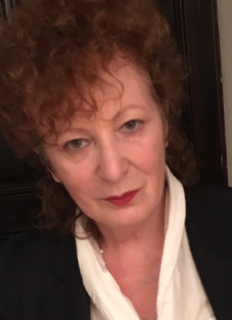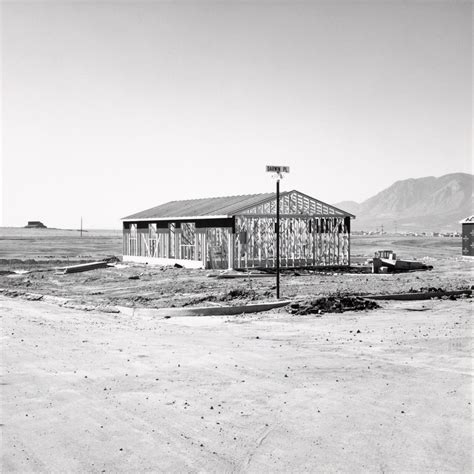A Quote by Helmut Newton
I used to hate doing color. I hated transparency film. The way I did color was by not wanting to know what kind of film was in my camera.
Related Quotes
You cannot do everything you want with the 3D camera, it's too big, and the digital quality of those cameras is a little bit limiting. With film, you have a lot more subtly, like with highlights and color. In terms of sharpness they (both formats) are very close; but in terms of nuance, of color and contrast, film is far superior.
As far as digital technology has come, there's still one thing that digital cameras won't do: give you perfect color every time. In fact, if they gave us perfect color 50% of the time, that would be incredible, but unfortunately every digital camera (and every scanner that captures traditional photos) sneaks in some kind of color cast in your image. Generally, it's a red cast, but depending on the camera, it could be blue. Either way, you can be pretty sure-there's a cast.
Silence Of The Lambs? is a ?fantastic? film. It's a horror film, and it's an incredibly well-told film that is about point of view in such a unique way. The way that film is shot, the way the eyelines are so close, if not directly into camera, betrays an intimacy with the characters and the audience.
I see myself as no color. I can play the role of a man. I can paint my face white if I want to and play the role of white. I can play a green, I can be a purple. I think I have that kind of frame and that kind of attitude where I can play an animal. If you think in color, then everyone around you is going to think in color and that puts limits on the way you think. I don't think like that. A lot of the roles that I'm doing are roles that a man or a person of any color can do.
For many years, I have been moved by the blue at the far edge of what can be seen, that color of horizons, of remote mountain ranges, of anything far away. The color of that distance is the color of an emotion, the color of solitude and of desire, the color of there seen from here, the color of where you are not. And the color of where you can never go.
When you're doing a film and the majority of the film is cast black, for me, it's most important to get people to view those movies as just movies, as just good movies. At the end of the day, regardless of the color of the cast, we're all doing the same thing in this business: trying to make a good film.
The whole point is that colors that are harder to wear, like pink, less expected, or maybe not as commercial; if they're used in the right way, they can make a design way more compelling, especially in menswear where color isn't often used. I think it's really exciting to have a lot of color in men's stuff.
The impressionistic method leads into a complete splitting and dissolution of all areas involved in the composition, and color is used to create an overall effect of light. The color is, through such a shading down from the highest light in the deepest shadows, sacrified an degraded to a (black-and-white) function. This leads to the destructions of the color as color.
